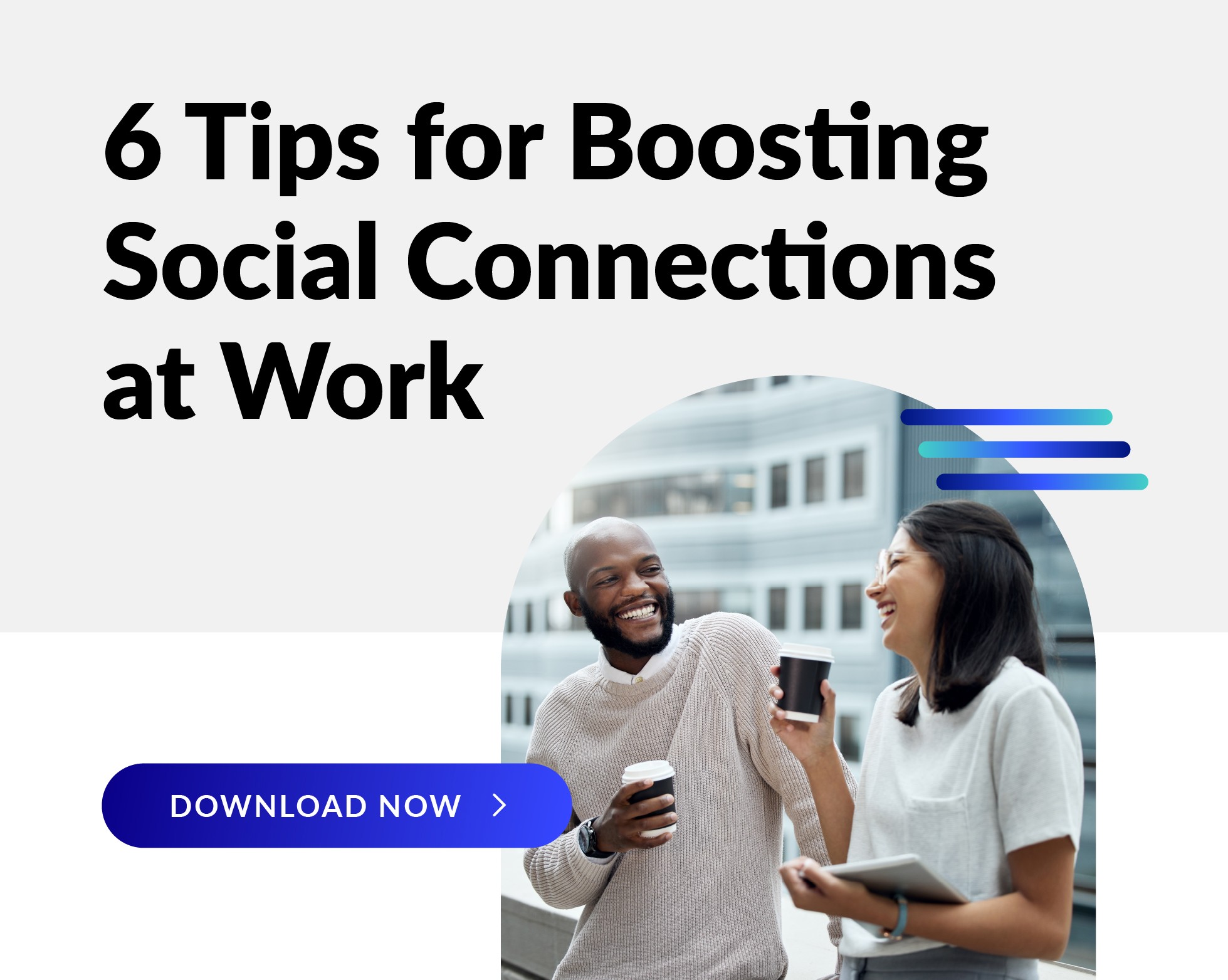Every year, companies reevaluate their healthcare benefit options to keep costs down while providing affordable healthcare for their employees. They work closely with their health plan to structure a benefit program that minimizes financial impact to employees. In the process, health plans have evolved from benefits administrators to taking a more active role in individuals’ health and wellness. But changing consumer behavior can be a challenge when health plans have no direct influence over their clients’ employees.
Health plans may work closely with their groups to help drive change and promote healthy behaviors, but much like the game of telephone, the value can get lost along the way. The answer is a team approach or commitment between health plans, employers, and employees. The opportunity is a new way of thinking that gets the message out to all levels.
A New Way of Health Plan Thinking: From the Top Down
Picture this…you roll out new programs for your premium groups that include online risk assessment, transparency, and health and wellness tools. The employer group contacts you and wants to understand why no one is registering and utilization is low. The problem is tossed over the fence and you’re left struggling to engage with the population. How often does your health plan find itself in this situation?
We all know that incentives, challenges, gaming, and social networking have shown positive results in behavior change and help to reinforce an overall culture of health. So why not leverage these techniques from the top down?
Health plans can create a program that gives employer groups a framework for launching these kinds of wellness or health management programs. The framework includes the fundamental best practices and goals that employers must launch, but there’s more. Couple that framework with a recognition program and now you have an opportunity to create a strong culture of health throughout the organization—from the health plan all the way down to the employee.
A Framework for a “Well Employer” Program
You might call that framework a “Healthy Employer” or “Well Employer” program, and provide a checklist of program elements an employer needs to do to be recognized as a Well Employer. This approach creates an incentive model for all levels—employee and employer. The health plan recognizes healthy employers for focusing on the right things to create a healthy workforce. And employees benefit through a top-down approach to buy-in. All parties are on the same page to improving health.
[pullquote]“Organizations that foster a strong culture of health, through leading by example and encouraging healthy activities, will cultivate a workforce that demonstrates better health behaviors and is more actively engaged,” said Joann Hall Swenson, health engagement leader at Aon Hewitt. [1. BenefitsPro Healthy workplace culture makes workers happy By Dan Cook, February 25, 2014] [/pullquote]
Recognition: Good for Business AND People
As a reward for empowering health and completing the checklist, Well Employer award recipients might receive a discount on medical premiums or additional services from their health plan. Award recipients also receive recognition as a Health Plan Well Employer, acknowledging your commitment to a healthier workforce with real results. Who doesn’t love good attention?!
By encouraging employers to implement a program that meets the health plan’s standards for wellness, there is greater collaboration in that quest to get the consumer’s attention—and creating a greater level of responsibility, accountability, and recognition when we see success.
Not One-Size-Fits-All
This approach is more than just launching a recognition program. Health plans must provide help to employers in getting started. And recognizing every group is different—size, disparate populations, and more—is important in the program success as well. Leveraging the health plan’s checklist as a framework can be a start to creating a personalized plan that is just right for your group. It shouldn’t matter how large or small your organization is—any organization can have the opportunity to achieve recognition. Consider having a framework that focuses on aspects that are geared toward bringing down healthcare costs, including an incentive program for activities like completing a health assessment, percentage of success for obtaining preventative screenings, and providing an environment to promote health.
This approach could assist health plans faced with employer demand for driving down benefit costs while struggling with the engagement hurdle. Bringing a certification program to the employer might just be the best practices thinking you need to differentiate your plan. Stay tuned for a WebMD-approved checklist!


